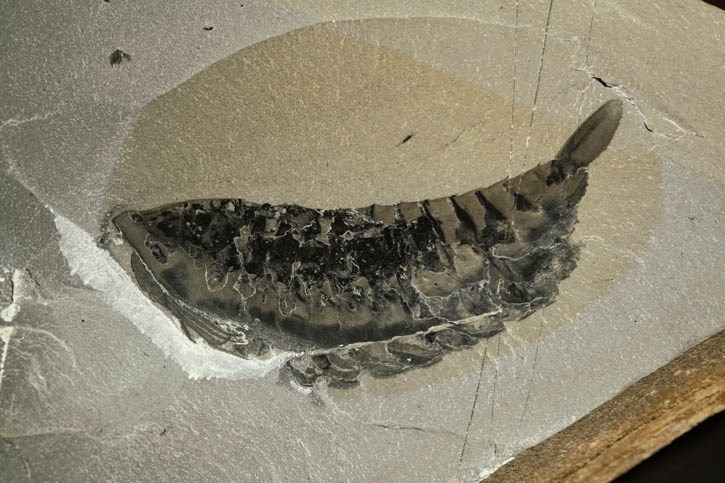The protected Burgess Shale fossils sites in Yoho and Kootenay national parks are an archaeological treasure and those caught trying to plunder it will pay a steep price.
The protected Burgess Shale fossils sites in Yoho and Kootenay national parks are an archaeological treasure and those caught trying to plunder it will pay a steep price.
Parks Canada recently charged an individual with trying to take a fossil home and the resulting fine handed down in B.C. Provincial Court at the end of August was $4,000.
Parks Canada Warden supervisor Jim Mamalis said the hefty fine sends a clear message to the public to respect this natural history resource.
“We take protection of the Burgess Shale site seriously,” Mamalis said. “Folks caught trying to steal fossils from there are going to be facing fairly serious penalties.”
The man caught trying to take home a souvenir was seen collecting Burgess Shale fossils near the Walcott Quarry at the beginning of July. They were reported to Parks Wardens, who responded and found a fossil of a trilobite hidden in their backpack.
Mamalis said the person was a Spanish citizen living in Belgium, and the fact that he tried to hide the fossil made it likely that he was intending to transport it out of the country.
As a result the man was charged with trafficking of the fossil - making the mandatory minimum fine $4,000.
With three scientifically significant fossil sites in the national parks, they are the responsibility of Parks Canada for protection. As a significant resource they get a high level of protection - only guided hikes are allowed into the fossil areas and surveillance cameras are set up at all three locations - Walcott, Stanley Glacier and Mount Stephen fossil beds.
Mamalis said the illegal fossil trade is of significant concern to law enforcement and that is why Wardens regularly patrol the fossil sites and investigate all complaints and individuals caught on camera in the area as thoroughly as possible.
The Burgess Shale was first identified in 1909 and is recognized as one of the most significant fossil sites in the world. It was designated a World Heritage Site in 1980 and is part of the Canadian Rocky Mountain Parks World Heritage Site.
The fossil sites preserve evidence of some of the earliest complex animals that existed in the oceans 505 million years ago. What is significant about the fossils is they have been exceptionally preserved. They reveal details of soft tissue and anatomy seldom seen.
